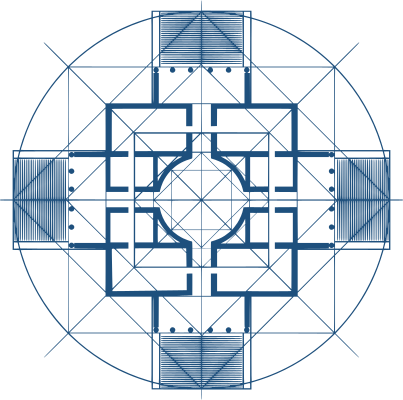Abstract
Taking a socio-historiographical approach and reading the paper through Hodgson and Spours political eras, the paper reveals five education policy-eras in Guyana. First 1831- 1953; British Imperialist rule trafficked slaves from Africa to Guyana. Emancipated slaves in 1838 were replaced by indentured Indian labourers shipped to Guyana by the British. The White elite predominantly educated the White elite. Second 1953 - 1963; state education offered different entitlements to different groups inducing fear, mistrust and violence. Third 1964 - 1980; Independence from British rule increased extreme political turbulence. A weakened global and national economy was blamed on teachers for not delivering a skilled labour force. Fourth 1981 - 2002; the economy improved but political turbulence prevented developing cosmopolitan citizens’ and migrants’ skills for their local economies. Fifth 2003 - 2017; internationally funded strategic-plans supported increased international interests in: legal and illegal trading of Guyana’s resources; Guyana’s labour force; mobility of production. Throughout these eras education policies have been frustrated by market force, trafficking people, corruption, political turbulence and a lack of equitable participation in state constitutions and institutions. A new ‘Theory of Equity for Cosmopolitan Citizens’ is presented, requiring proof of concept with nation-states with growing mi-grant populations.
Keywords
Download
Taysum A., Murrel Abery V. (2017) "Shifts in Education Policy, Administration and Governance in Guyana 1831–2017. Seeking ‘A Political’ Agenda for Equity and Renewal
", Italian Journal of Sociology of Education, 9(2), 55-87. DOI: 10.14658/PUPJ-IJSE-2017-2-4
Year of Publication
2017
Journal
Italian Journal of Sociology of Education
Volume
9
Issue Number
2
Start Page
55
Last Page
87
Date Published
06/2017
ISSN Number
2035-4983
Serial Article Number
4
DOI
10.14658/PUPJ-IJSE-2017-2-4
Section
Special Section

 © 2026 Padova University Press - Università degli Studi di Padova
© 2026 Padova University Press - Università degli Studi di Padova